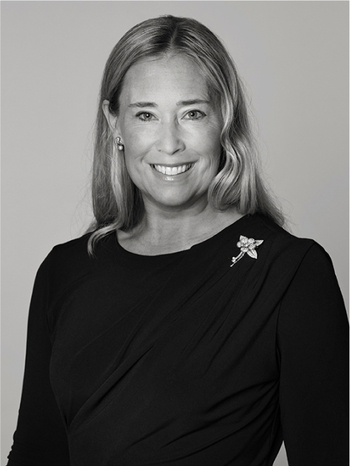Ägg, porslin. 1800-tal, troligen Kejserliga porslinsmanufakturen, St Petersburg.
Målad polykrom och förgylld dekor av på vardera sida blomsterbukett inom medaljong. Höjd 10,5 cm.
Slitage.
Proveniens
The private Collection of Nils Nessim (1916-1974), thence by descent.
Nils Nessim (1917-1974), was a Swedish businessman and carpet dealer, son of the Director and Carpet specialist Jean B Nessim (1887-1946). In 1942 he founded AB Nils Nessim in 1942, he expanded and in the 1960’s he founded Nils Nessim International and Nils Nessims Antiques. Nils were early schooled in the carpet business by his father, and went on many business trips to aquire carpets and goods for the stores. He travelled the world and built up an impressive collection of Antiques and Asian Works of Art alongside the carpet business. In 1959 he became the first westener to be allowed to export antiques from China. He is well known for his collection of Russian Easter Eggs, and at one point he is said to have had over 1000 of them.
Litteratur
During the second quarter of the nineteenth century, a number of virtuoso porcelain painters specialising in floral decoration worked for the Imperial porcelain factory, such as A. and I. Tychagin, K. and F. Krasovsky and others. The designs were based on close observation of nature: the artists were regularly sent to botanic gardens to study the plants. Models for copying were also provided by engravings in botanical atlases.












































